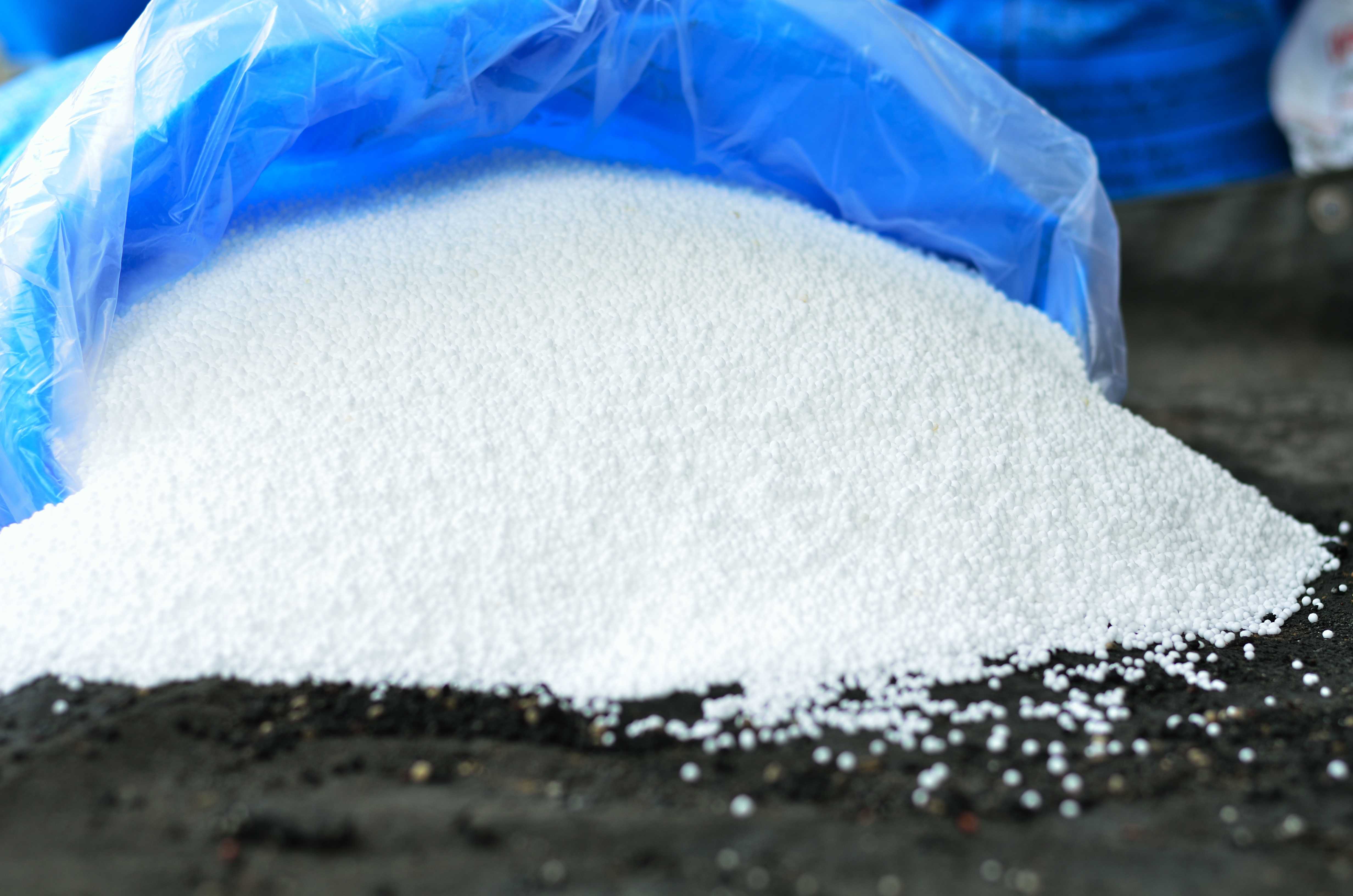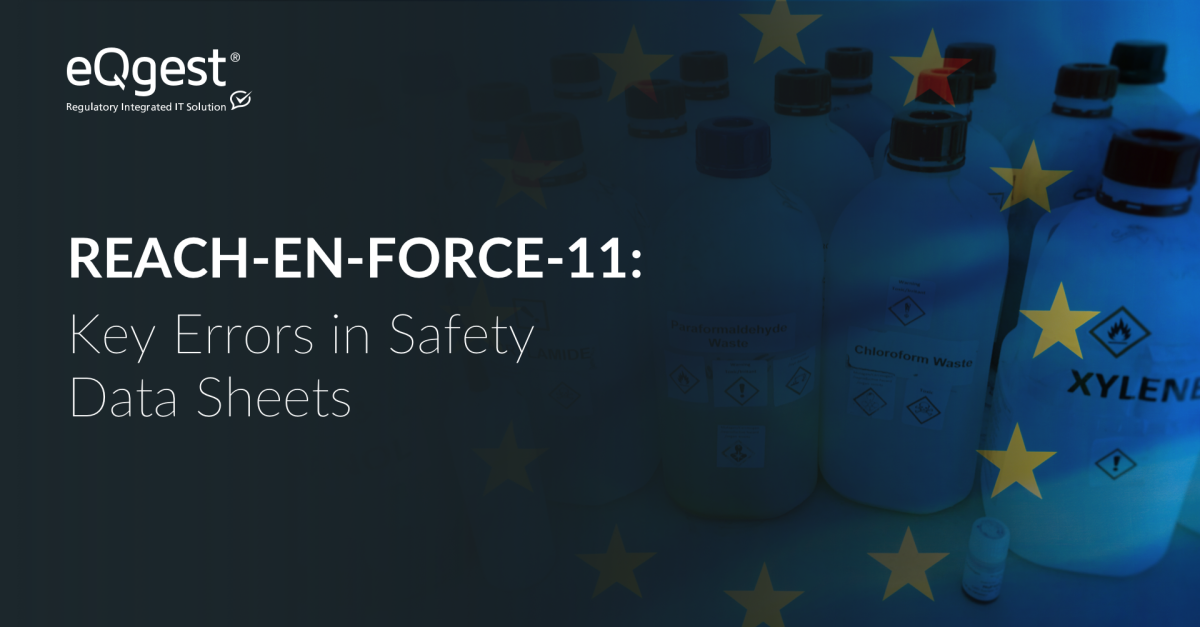Update of REACH Annex XVII: all about Regulation (EU) 2025/660
The REACH Annex XVII plays a crucial role in the chemical industry. This annex contains a detailed list of substances, mixtures, or articles whose use is restricted, prohibited, or conditional under certain circumstances.
In other words, it limits or bans the manufacture, use, or marketing of chemicals when they pose an unacceptable risk to health or the environment, and when such risk cannot be adequately managed through other measures.
Annex XVII is structured into numbered entries, each corresponding to a specific substance or group of substances. Each entry outlines the conditions of restriction, specific obligations for manufacturers and importers, as well as applicable exemptions and deadlines.
Currently, this annex includes 79 entries covering a wide range of substances, from heavy metals to persistent organic compounds. In this article, we explain how these entries are updated and what the latest changes imposed by REGULATION (EU) 2025/660.
How is Annex XVII of the REACH Regulation updated?
The process of updating Annex XVII of the REACH Regulation typically begins with the identification of a potentially hazardous substance. This identification may come from Member States, the European Commission, or as a result of scientific studies and risk assessments conducted by ECHA.
Once the need to impose restrictions on a substance is identified, a formal restriction proposal is drafted. This proposal undergoes scientific and socioeconomic evaluation by two specialized ECHA committees: the Committee for Risk Assessment (RAC) and the Committee for Socio-Economic Analysis (SEAC).
These bodies assess the effectiveness of the proposed measure, its technical and economic feasibility, and the availability of possible alternatives.
Before any final decision is made, ECHA opens a public consultation period. During this phase, industry, non-governmental organizations, academia, and other stakeholders have the opportunity to submit comments, additional evidence, and opinions on the proposal.
The purpose of the public consultation is to ensure process transparency and enrich the evaluation with diverse perspectives.
After completing these stages, and based on the committees’ recommendations and the outcomes of the public consultation, the European Commission adopts the decision to amend Annex XVII of REACH.
This amendment is formalized through a delegated or implementing regulation, published in the Official Journal of the European Union. The document clearly specifies:
The conditions of restriction
The application thresholds
The permitted exemptions
The entry into force dates – which usually provide a reasonable adaptation period for the affected parties.
Also read: REACH-EN-FORCE-11 – Key Errors in Safety Data Sheets
Latest Changes to Annex XVII
The most recent amendment to Annex XVII of the REACH Regulation concerns Restriction 50, which limits the use of polycyclic aromatic hydrocarbons (PAHs) in clay targets for shooting.
This restriction, which comes into force on April 21, 2025, prohibits the marketing and use of clay targets containing more than 50 mg/kg (0.005% by dry weight) of the sum of all PAHs listed in the annex.
Other Modifications in Recent Years:
PFHxA and related substances (Regulation (EU) 2024/2462)
Entry 79 introduces restrictions on perfluorohexanoic acid (PFHxA), its salts, and related compounds.
It affects textiles, cosmetics, food-contact paper/cardboard, and firefighting foams.
Strict limits apply (25–1000 ppb), with staggered implementation dates between 2026 and 2029.
Siloxanes D4, D5, and D6 (Regulation (EU) 2024/1328)
Entry 70 expands the restriction on these volatile compounds (used in cosmetics and personal care products) due to their persistence and bioaccumulation.
Their marketing is prohibited at concentrations >0.1% for certain uses, with temporary exemptions for medical and technical applications.
Microplastics (Regulation (EU) 2023/2055)
Entry 78 bans the incorporation of solid non-biodegradable microplastics in commercial mixtures.
Exemptions apply for closed industrial uses, and differentiated transition periods are established for sectors such as cosmetics, detergents, fertilizers, and toys.
Formaldehyde and releasers (Regulation (EU) 2023/1464)
Entry 77 sets formaldehyde emission limits for articles (such as furniture and wood products), with thresholds between 0.062–0.080 mg/m³.
The restriction applies from 2026, with certain exceptions for industrial and outdoor uses.
Lead in PVC (Regulation (EU) 2023/923)
The use of lead and its compounds in PVC materials is restricted, except in cases where no viable alternatives exist.
A transitional period is granted to allow the industry to adopt substitute materials.
Tattoos and permanent make-up (Regulation (EU) 2020/2081 and others)
Entry 75 limits the use of over 4,000 substances in tattoo inks, including carcinogens, mutagens, and reproductive toxicants.
It includes specific pigments with temporary exemptions.
Identification and Management of Substances
Proper identification and management of substances listed in Annex XVII of the REACH Regulation is essential for compliance with current legislation.
To improve this process, it is highly recommended to use specialized chemical product management software, such as eQgest. This solution includes a team of experts who support ongoing software updates to help clients comply with the regulations efficiently.
The legislation is constantly evolving, and adapting to these updates without the support of a specialized tool is a major challenge. If you want to learn more about the versatility of the eQgest solution and discover how the software can support your compliance efforts, don’t hesitate to contact our specialists.
Receive regulatory updates straight to your inbox
Newsletter with updated chemical regulations, regulatory news from the sector, and upcoming webinars — carefully selected for professionals like you.



